Lockheed Martin wins NASA contract to bring Mars samples back to Earth
Tuesday, 08 February 2022 04:45 Lockheed Martin's space division has won a NASA contract to build the rocket that will return the first Mars rock samples to Earth in the 2030s, the US space agency said Monday.
The "small, lightweight rocket" will be the first to take off from another planet, bringing back "rock, sediment and atmospheric samples from the surface of the Red Planet," NASA said in a statement.
NASA's Perse
Lockheed Martin's space division has won a NASA contract to build the rocket that will return the first Mars rock samples to Earth in the 2030s, the US space agency said Monday.
The "small, lightweight rocket" will be the first to take off from another planet, bringing back "rock, sediment and atmospheric samples from the surface of the Red Planet," NASA said in a statement.
NASA's Perse Increasing accuracy of atomic force calculations with space-warp transformation
Tuesday, 08 February 2022 04:45 Atomic forces are primarily responsible for the motion of atoms and their versatile arrangement patterns, which is unique for different types of materials. Atomic simulation methods are a popular choice for the calculation of these forces, the understanding of which can vastly enhance existing knowledge on how to improve a material's function at an atomic level.
Quantum Monte Carlo (QMC) m
Atomic forces are primarily responsible for the motion of atoms and their versatile arrangement patterns, which is unique for different types of materials. Atomic simulation methods are a popular choice for the calculation of these forces, the understanding of which can vastly enhance existing knowledge on how to improve a material's function at an atomic level.
Quantum Monte Carlo (QMC) m Wyler raises $50 million for “sustainable” megaconstellation
Monday, 07 February 2022 23:10
E-Space, the Greg Wyler-led startup behind Rwanda’s September filing for a constellation of 300,000 satellites, said Feb. 7 it has raised $50 million to fund the launch of two sets of test satellites this year.
Space Force soliciting industry ideas for thwarting cyber attacks
Monday, 07 February 2022 22:39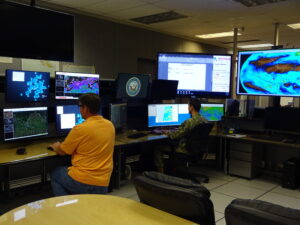
The Space Systems Command issued a request for information on industry capabilities to combat cyber attacks and protect critical networks during wartime.
The post Space Force soliciting industry ideas for thwarting cyber attacks appeared first on SpaceNews.
SciTec gets $5 million Space Force contract to process data from missile-warning satellites
Monday, 07 February 2022 20:41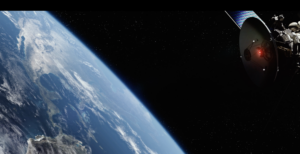
SciTec won a $5 million contract from the Space Force to develop a software application that analyzes data from U.S. missile-warning satellites.
The post SciTec gets $5 million Space Force contract to process data from missile-warning satellites appeared first on SpaceNews.
Astra aborts launch attempt
Monday, 07 February 2022 19:45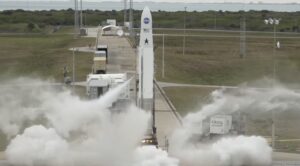
Astra Space aborted and then scrubbed a launch of its Rocket 3.3 small launch vehicle Feb. 7 seconds before liftoff.
The post Astra aborts launch attempt appeared first on SpaceNews.
Astra Space scrubs attempt for 1st Cape Canaveral launch
Monday, 07 February 2022 16:40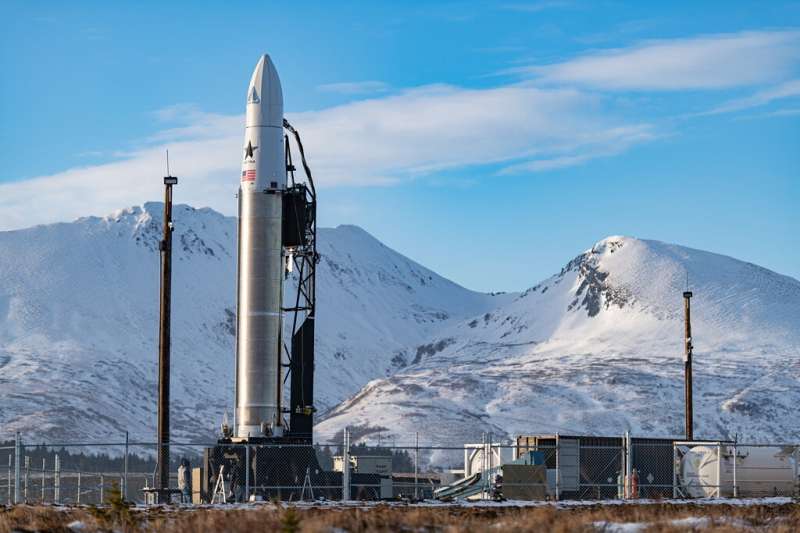
A new rocket company on the Space Coast looked to make its first launch on a mission for NASA Saturday as Astra Space lined up its Rocket 3 from Cape Canaveral Space Force Station, but an issue on the Eastern Range caused a late scrub at the end of its three-hour launch window.
"Unfortunately due to a range asset that has gone out of service today we are going to stand down from today's launch attempt," said Astra Space Director of Product Management Carolina Grossman. "We're going to give it another try tomorrow."
The company based in Alameda, California, received a new type of launch license from the Federal Aviation Administration on Friday that allows for more frequent launches, and clearing the way for its attempt from Space Launch Complex 46.
The countdown clock had been reset to 3:30 p.m. EST, near the end of its 1-4 p.m. launch window, but the clock was put in a hold at T-15 minutes despite dicey weather and rocket parameters all listed as go for launch.
Video: Space repairs in 360 degrees
Monday, 07 February 2022 14:02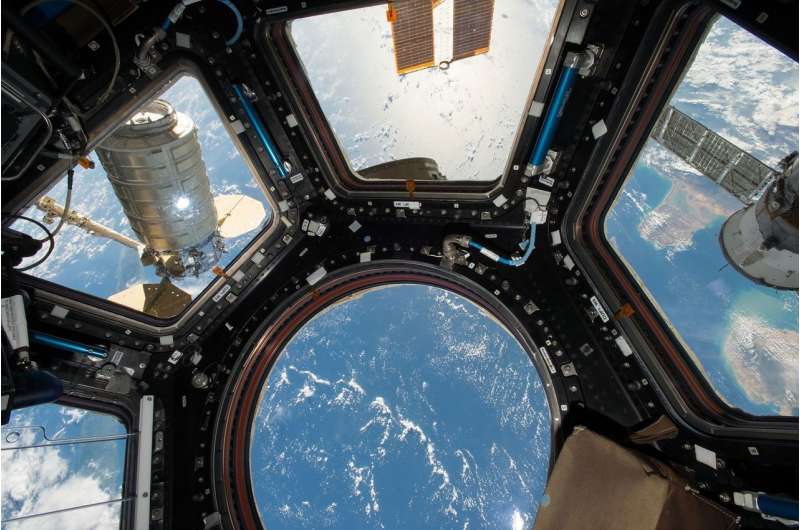
Scientist, engineer, test subject and tradesperson—astronauts in orbit wear many different hats. In this 360° timelapse, ESA astronaut Matthias Maurer works to repair a faulty valve behind EXPRESS-Rack 3.
Water On-Off Valve 8 (WOOV-8), along with WOOV-6 and WOOV-7, determines whether the cooling water of Europe's Columbus module flows through, or bypasses, the heat exchange system that transfers waste heat to downstream cooling circuits outside the International Space Station. The valve has been a problem child for ground teams and astronauts for the past few years and was first replaced during a complicated operation in 2013.
It was last replaced by ESA astronaut Thomas Pesquet in October 2021, but continued issues led Matthias to try out a reserve valve to see if an unplanned conversion was possible. The operation was successfully completed on the real WOOV-8 in December 2021, and all involved breathed a sigh of relief.
Performing maintenance and repair tasks in weightlessness is especially difficult as astronauts have the added challenge of trying to hold themselves in position while turning a screw or securing a hatch.
Tesat-Spacecom to establish U.S. manufacturing facility
Monday, 07 February 2022 12:44
Tesat-Spacecom (TESAT), the global leader in optical communication technologies for space, is expanding its manufacturing footprint into the United States to support its U.S. government and commercial customers.
The post Tesat-Spacecom to establish U.S.
Launcher buys additional SpaceX rideshare missions
Monday, 07 February 2022 10:53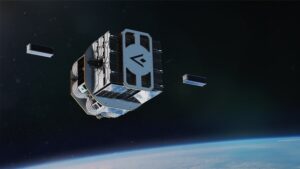
Launcher has purchased slots on three more SpaceX rideshare missions for its Orbiter tug as it continues development of a small launch vehicle.
The post Launcher buys additional SpaceX rideshare missions appeared first on SpaceNews.
Space doctors in the virtual house – the sequel
Monday, 07 February 2022 10:20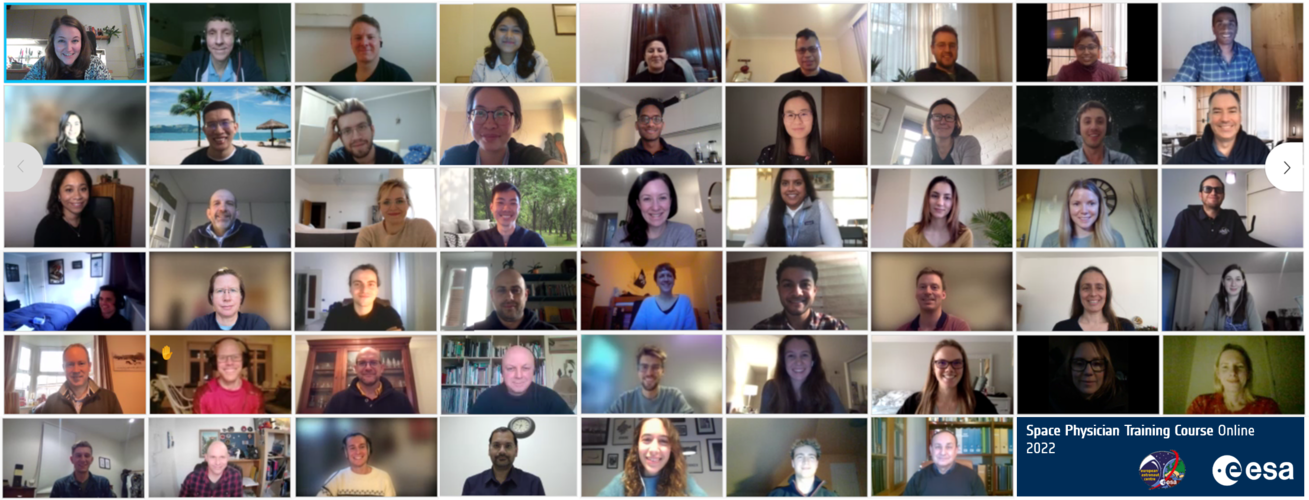
ESA’s second online Space Physician Training Course (SPTC) took place from 18 – 19 January 2022, attracting almost 60 participants from across Europe and the world.
The SPTC is run by ESA’s space medicine team and gives medical doctors the opportunity to learn more about space medicine and supporting astronauts’ health from ESA’s leading experts.
NASA outlines cost savings from ISS transition
Sunday, 06 February 2022 22:45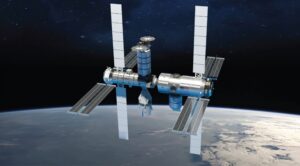
NASA expects that retiring the International Space Station in favor of leasing capacity on commercial space stations will ultimately save the agency up to $1.8 billion per year.
The post NASA outlines cost savings from ISS transition appeared first on SpaceNews.
Space Development Agency, General Atomics eye options after setback in laser comms experiment
Sunday, 06 February 2022 16:49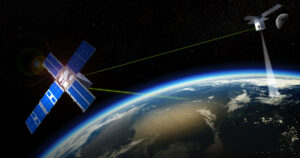
After a setback in a laser communications experiment launched last June, the Space Development Agency and satellite manufacturer General Atomics are considering next steps.
The post Space Development Agency, General Atomics eye options after setback in laser comms experiment appeared first on SpaceNews.
Atlanta to host key SMR and Advanced Reactor event in May
Sunday, 06 February 2022 10:30 Nuclear power's role in cutting carbon emissions will be a major topic at SMR and Advanced Reactor 2022 in Atlanta, Reuters Events announced today.
The world's foremost event for advanced and small modular reactors (SMRs) will take place in the Georgia state capital on May 24 and 25, bringing together more than 500 experts together in a sector that could be key in the global fight against
Nuclear power's role in cutting carbon emissions will be a major topic at SMR and Advanced Reactor 2022 in Atlanta, Reuters Events announced today.
The world's foremost event for advanced and small modular reactors (SMRs) will take place in the Georgia state capital on May 24 and 25, bringing together more than 500 experts together in a sector that could be key in the global fight against Tech company unveils revolutionary, no-code solution to access satellite data
Sunday, 06 February 2022 10:30 In partnership with Google, in a widely attender Google Earth Outreach webinar, Earth Blox demonstrated its ability to provide near-instantaneous cloud powered access and analysis of satellite imagery in a no-code user interface (UI), opening access to Earth observation (EO) data to non-experts of every sector like never before.
Launched in 2019, Earth Blox seeks to make "EO data accessibl
In partnership with Google, in a widely attender Google Earth Outreach webinar, Earth Blox demonstrated its ability to provide near-instantaneous cloud powered access and analysis of satellite imagery in a no-code user interface (UI), opening access to Earth observation (EO) data to non-experts of every sector like never before.
Launched in 2019, Earth Blox seeks to make "EO data accessibl 
